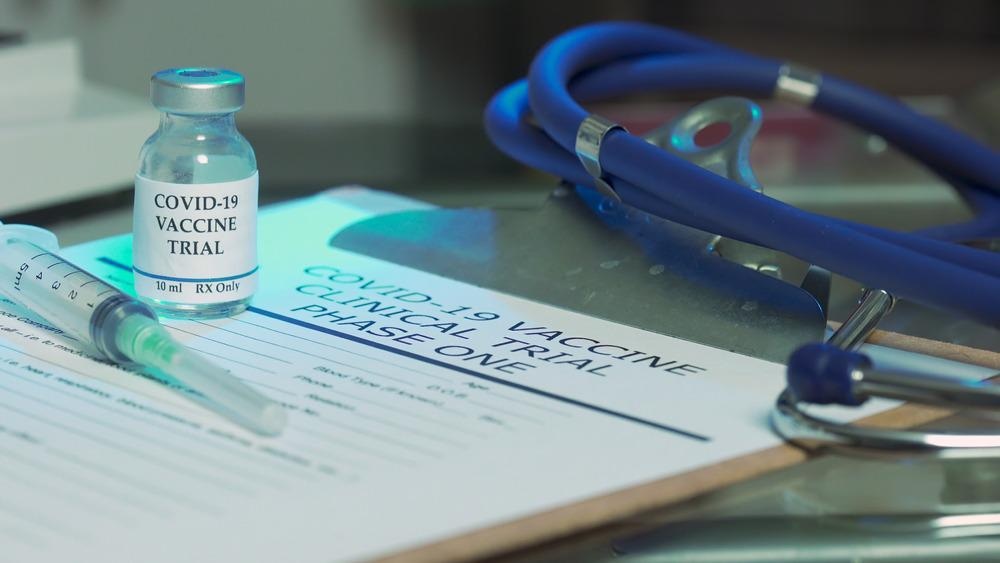Clinical trials aim to improve healthcare and medicines by trialing new drugs and analyzing their effects. However, is this aim for betterment reflected in advancing the methodology of clinical trials?
A clinical trial is a well-structured system that dates back hundreds of years and is still the backbone of the regulatory requirements required for a drug to be approved. There has been much advancement in the field, yet the most significant of these changes have occurred more recently. This article aims to give a brief overview into the recent changes in clinical trials.

Image Credit: Andrey_Popov/Shutterstock.com
Inclusion
Clinical trials have been criticized for the lack of inclusion for decades as this compromises the health of women and ethnic minorities who are often overlooked and underrepresented in clinical trials. Recently, there has been a push to include more women and ethnic minorities in clinical trials.
In 2017, the US National Institute of Health (NIH) revised its guidelines to state, “all NIH-funded clinical research will be carried out in a manner sufficient to elicit information about individuals of both sexes/genders and diverse racial and ethnic groups.” This amendment lacks clarity and specificity in terms of ratio and quantity but it does bring focus and acknowledges that the response to medication varies with gender and ethnicity and this has to therefore be accounted for.
Participant recruitment has also been hindered by complicated and stringent inclusion and exclusion criteria in clinical trials. This has led to clinical trials being conducted on a sample that is not representative of the population; therefore, the criteria has come under much scrutiny in the past few years.
Integrity of research
Transparency in clinical trials is crucial for the integrity of research and for building trust within society to increase patient participation. There has been great effort to increase transparency surrounding this and this was the basis for the development of global clinical trial registers as per WHO’s initiatives in 2004.
In the last decade, there has been a significant increase in the number of trials that are registered and are available to the public. This allows for transparent results and data that maintains public trust and encourages advancements in clinical trial design. Registering clinical trials in national and international databases means that research will not be duplicated, but rather be built upon to ensure continued development.
The quality of clinical trials is also an area that is always developing in various ways such as mandatory training of all staff. In 2017, NIH stated that all investigators and staff should be trained on good clinical practice (GCP) in trials that are funded by NIH. GCP is an international ethical and scientific standard for clinical trials with regard to conduct, monitoring, auditing, and reporting. This training is being adopted by many trials as it ensures the safety, integrity, and quality of research.
Efficiency
One of the biggest drivers of change in clinical trials has been the COVID-19 pandemic; with a sudden and fierce need for a solution to the SARS-COV-2 virus, clinical trials were being registered at an unprecedented speed. This required the clinical trial process to be adapted for efficiency and convenience by various methods such as recruiting participants online; conducting follow-up meetings online, and remotely monitoring the progress of the participants. These strategies were implemented as a result of the pandemic but much of this has become ingrained into the normal procedure and will likely remain there. The challenge with efficiency is ensuring that it is limited to areas where it won’t compromise patient safety and the integrity of scientific research.

Image Credit: JHDT Productions/Shutterstock.com
Data Sharing
The pandemic has also highlighted the deficiencies in clinical trials such as highlighting the need for more coordination and collaboration in clinical trials. It also highlights the need for sharing data so that the same research isn’t replicated and efforts are made to address gaps in scientific knowledge. The sharing of data has been on the rise for years before the pandemic which escalated this need.
In 2018, the International Committee of Medical Journal Editors (ICMJE) implemented a policy that requires clinical trial manuscripts submitted to have a data sharing statement. This doesn’t mandate sharing but it requires a statement of whether the data will be shared and the specifics of what will be shared and how.
Clinical trials are one of the most significant works of research available and ensuring that they are at the highest of standards is a collective responsibility. These changes in clinical trials are evidence of advancement and ensuring that clinical trial procedure and methodology are improving and advancing is of utmost importance for scientific integrity and medical safety.
References:
- Chen, Z., Chen, L., & Chen, H. (2021). The impact of COVID-19 on the clinical trial. PloS one, 16(5), e0251410. https://doi.org/10.1371/journal.pone.0251410
- Hudson, K. L., Lauer, M. S., & Collins, F. S. (2016). Toward a New Era of Trust and Transparency in Clinical Trials. JAMA, 316(13), 1353–1354. https://doi.org/10.1001/jama.2016.14668
- May, M. Twenty-five ways clinical trials have changed in the last 25 years. Nat Med 25, 2–5 (2019). https://doi.org/10.1038/s41591-018-0314-1
- Park, J., Mogg, R., Smith, G. E., Nakimuli-Mpungu, E., Jehan, F., Rayner, C. R., Condo, J., Decloedt, E. H., Nachega, J. B., Reis, G., & Mills, E. J. (2021). How COVID-19 has fundamentally changed clinical research in global health. The Lancet. Global health, 9(5), e711–e720. https://doi.org/10.1016/S2214-109X(20)30542-8
Further Reading
Last Updated: Mar 31, 2022